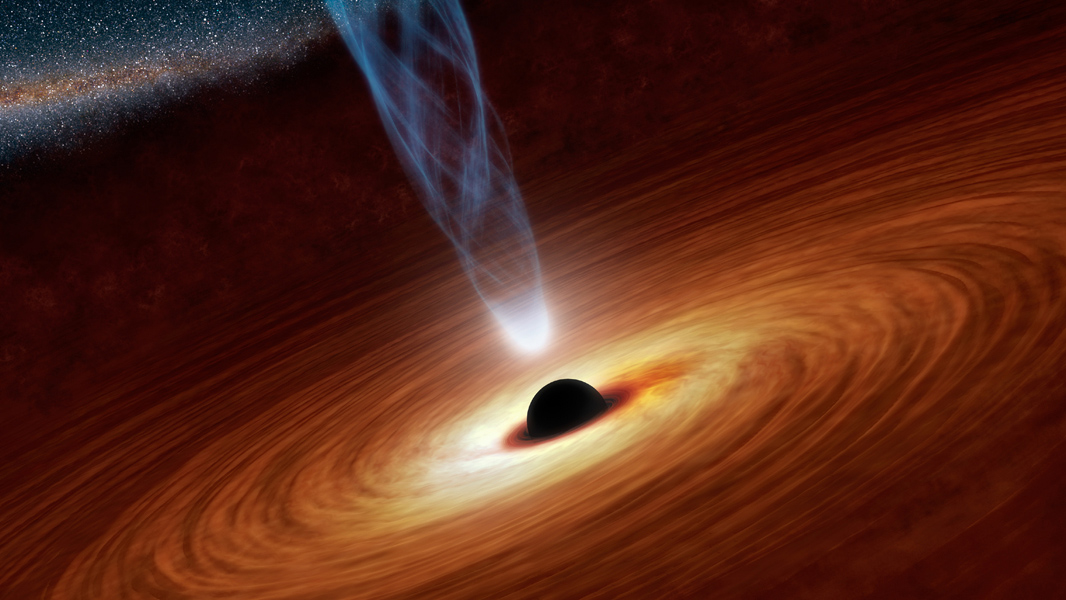

The Royal Swedish Academy of Sciences announced on Tuesday that the 2020 Nobel Prize in physics will be shared by three astrophysicists: Andrea Ghez at UCLA, Reinhard Genzel of the Max Planck Institute for Extraterrestrial Physics in Germany, and Oxford University’s Roger Penrose. The award acknowledges their pioneering work in our understanding of black holes, particularly the one sitting at the center of our own galaxy. These supermassive objects devour everything that comes too close, including light.
Half of the prize goes to Penrose, who devised complex mathematical models to prove black holes exist within the framework of Einstein’s general theory of relativity. In 1965, a decade after Einstein died, Penrose used these models to define black holes more clearly: “at their heart, black holes hide a singularity in which all the known laws of nature cease. His groundbreaking article is still regarded as the most important contribution to the general theory of relativity since Einstein,” writes the Nobel Committee.
Reinhard Genzel and Andrea Ghez share the other half of the prize for their separate work on Sagittarius A*, the black hole at the center of the galaxy. Ghez is just the fourth woman ever to win the physics Nobel, following Marie Curie in 1903, Maria Goeppert Mayer in 1963, and Donna Strickland in 2018.
Sagittarius A* is more than 4 million times more massive than the sun, and it’s cloaked in clouds of cosmic gas. But using the world’s largest telescopes and infrared viewing tools, Genzel and Ghez both devised new tactics to peer through that gas to get a better look at the center of the Milky Way. They’ve “given us the most convincing evidence yet of a supermassive black hole at the centre of the Milky Way,” according to the Nobel Committee.
Specifically, they mapped the brightest stars closest to the center of the galaxy to elucidate what might be at its center. Working with two separate teams, both astrophysicists saw stars like S2, a flaming ball of gas 15 times more massive than the sun, whizzing around the Milky Way’s center at breakneck speeds. According to Vox, S2 tends to orbit at 11 million miles per hour, which is 200 times faster than we orbit the sun here on Earth. But last year, both teams showed S2 speeding by at upwards of 15 million miles per hour, or 4,300 miles every second, thanks to the black hole’s powerful draw. Those figures once again allowed for corroboration of Einstein’s general theory of relativity with regard to black holes, and especially that one really does lie in the middle of our galaxy.
“The discoveries of this year’s Laureates have broken new ground in the study of compact and supermassive objects,” David Haviland, chair of the Nobel Committee for Physics, said in the Nobel release. But he also points out much more research needs to be done to better understand these exotic objects. The Event Horizon Telescope, for instance, resolved the first-ever image of a black hole in 2019. In the next decade, it could turn its collective eight observatories to gaze at the center of our galaxy to finally image the elusive object that Ghez, Genzel, and Penrose have only been able to describe using math and stars.
